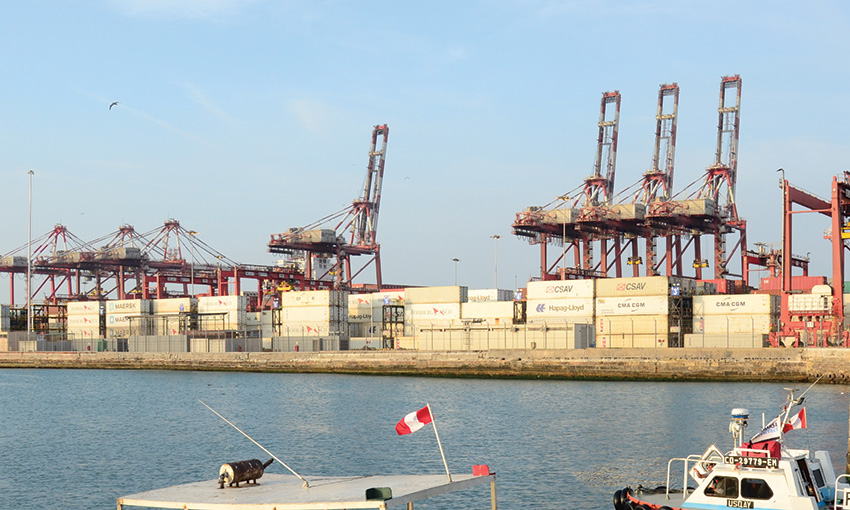AGRICULTURAL, mineral and marine resources are the foundations of Peru’s economy. Coastal deserts, tropical forests and mountains contribute to diverse climates and economic activities.
But the extremities of Peru’s landscape create difficult conditions for the agricultural trade. Peru imports large amounts of grain, soy and vegetable oils. Development plans have been designed to improve the country’s output, but the scarcity of arable land limits these ambitions. Sea trade in and out of Peru is facilitated by a port system comprising five major ports and 55 key port terminals.
TRADE OVERVIEW
Peru emerged as a net exporter of oil in the 1970s. Other important exports are ores and minerals, cotton, sugar and coffee.
The Department of Foreign Affairs and Trade describes Australia’s relationship with Peru as a positive one, which has expanded quickly in recent years. The Peru- Australia Free Trade Agreement entered force in February 2020. Mining and energy sectors are key points of engagement between the two countries.
Australia imported $48.9 million worth of copper ores and concentrates from Peru in the 2021-22 financial year.
LOGISTICS LANDSCAPE
Port of Callao is Peru’s largest commercial seaport. According to Britannica, Port of Callao was the leading shipping point for the gold and silver the Spanish conquerors took from the Inca Empire.
Presently, DP World operates Callao’s south terminal, the largest container terminal in Peru. APM Terminals operates the north multipurpose terminal, which handles containerised cargo, break bulk, solid bulk, ro-ro and bulk cargo.
Ports of Paita, Matarani and Salaverry are also important to Peru’s maritime trade. The port of Iquitos, the major river port of eastern Peru, is located around 3700 kilometres inland from the mouth of the Amazon.
The Peruvian Central Railway connects Port of Callao and Lima with towns, cities and high-altitude mining centres. The rail system is especially important to the mining industry of the central Andes.
MARITIME CHALLENGES
Last year, the National Port Authority of Peru reviewed sustainable development-focused activities across the country’s ports. It found the activities were dispersed, isolated, and often lacking leadership, planning and co-ordination.
An update from UNCTAD says the port authority has since developed a project aimed at transitioning to a greener, more resilient national port system. The project recently trained staff from five major Peruvian ports on safety and environmental protection.
The initiative is guided largely by the UN Sustainable Development Goals. For example, the ports plan to support local projects to provide food to families and communities in need. And, the port sector is creating “enabling conditions” to hire and promote female port workers. The ports are also supporting research and development of green technology and working to reduce GHG emissions.
This article appeared in the May 2023 edition of DCN Magazine





